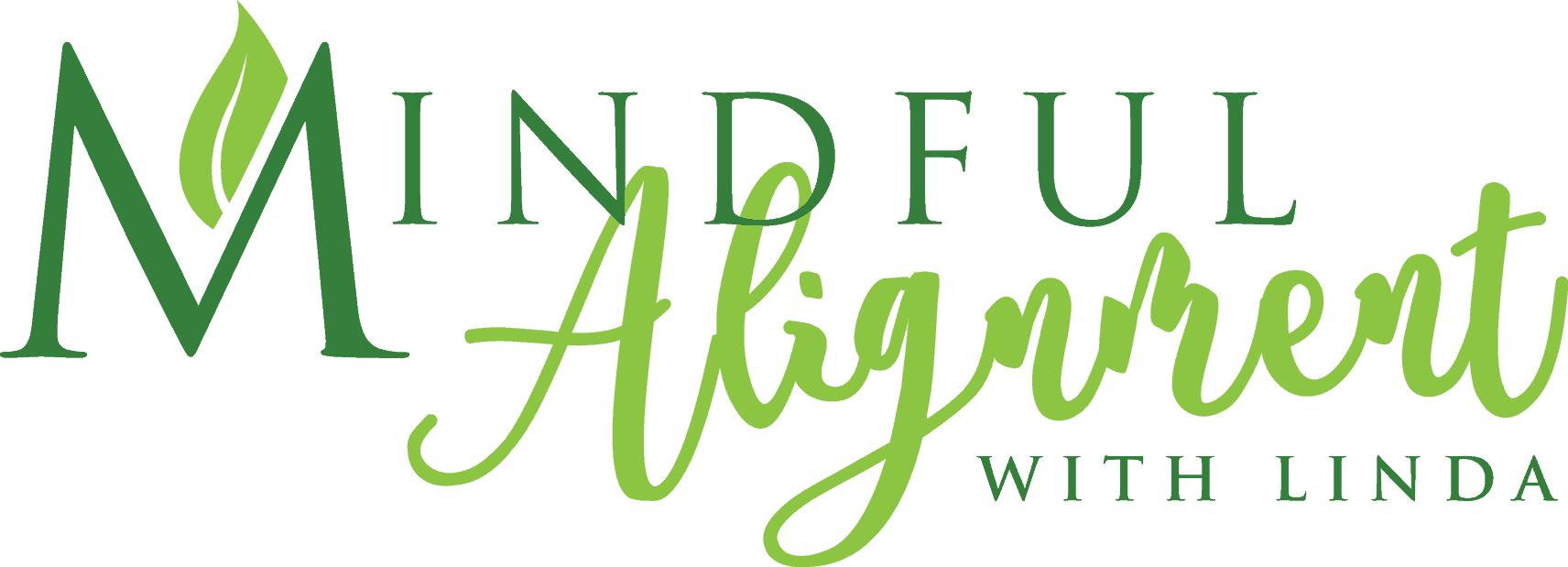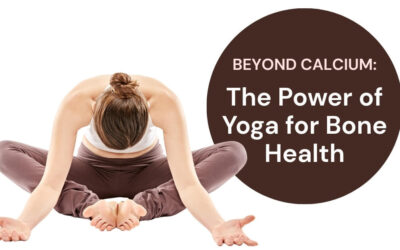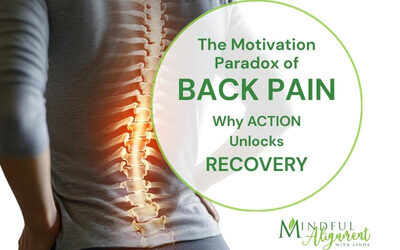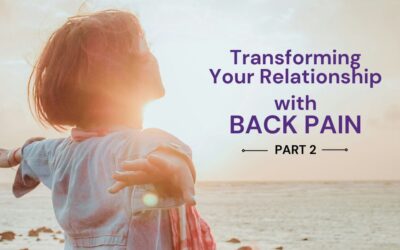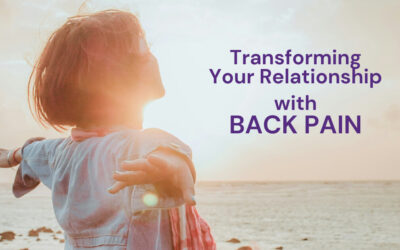Conservation
The dictionary defines the word ‘conserve’ as “prevent the wasteful or harmful overuse of (a resource).” I remember some of the conservation measures that were part of our everyday life when growing up. Nowadays it’s often referred to as upcycling. Many of these practices and techniques are worth remembering and continuing today.
Upcycling and conservation processes from the past:
Reuse Empty glass jars
Were repurposed to store buttons, paper clips, etc.
Reusing the rinse water from the first load of laundry
We would use this to wash the next load of laundry. With the invention of the washing machine, this practice of conserving water is almost impossible.
Removing buttons from old clothing
Many times I was assigned the task of removing buttons from clothing before it was recycled. When clothing could not be worn again, that item became a cleaning cloth.
Always turn off lights when leaving the room
This one, although still a common practice today, sometimes lights are left on when the intention is to return shortly.
What are some of the conservation methods you remember from the past?
You can probably add to this list. I’d love to hear, in the comments below, some of the things you did, or what you do now to conserve resources.
There was a time when we got away from conserving.
As we better understand the impact on the environment, we started conserving again. For example, I am now taking my reusable bags to the store even if I must bag the items myself.
Should we conserve in all areas of our life?
That depends. When it comes to the environment, using less water or driving less, the answer is yes. The more we conserve, the better. The idea in that is it not only helps us, but also helps others.
There are some areas where conservation is not helpful
Such as moving less. Science has confirmed what many of you already know: that lack of movement might conserve energy for the moment but is detrimental to your overall health leading to chronic pain, stiffness, and health issues.
The less you move, the less energy you have. Besides, our bodies are meant to move, improving your emotional and physical well-being. It’s just that simple. Except that we all know that it’s not that simple to get started if you do not have a movement habit.
Ask yourself:
What will it take to get moving?
What is the one thing you can do that would make your heart sing?
Could it be:
- Riding a bike outside?
- Taking a walk with a friend?
- Playing tennis again?
The list is endless.
Start by finding the one thing that you can do today that will get you moving, make you happy, and can do.
Now is not the time to walk 10 miles a day.
Start small, working your way to your goal by taking it one day at a time.
Keep increasing the intensity or repetitions of the activity. Listen to your body. It will tell you if you are doing too much. You can do this!
What will it take to get you moving again?
Are you tired of living with pain?
Are your activities and daily choices determined by your level of pain?
Are you ready to change your life for the better and gain back your physical freedom?
My unique and custom designed approach comes from years of training, education and experience. Together, we will get you back to living pain free and enjoying life.
Sign up for a private session today
It’s never too late to try something new.

Related Articles:
Beyond Calcium: The Power of Yoga for Bone Health
Discover how yoga supports bone health and osteoporosis prevention. Learn science-backed poses that strengthen your skeleton and reduce fracture risk.
The Motivation Paradox: Action is the Catalyst for Healing Back Pain
Discover the Motivation Paradox of Back Pain—why waiting for motivation keeps you stuck and how action is the true catalyst for healing. Learn science-backed strategies to break the pain cycle and reclaim mobility.
Transform Back Pain Anxiety: From Uncertainty to Empowerment
Discover how to navigate pain anxiety with empowerment. Embrace uncertainty and reclaim your healing journey through mindfulness and resilience.
Transforming Your Relationship with Back Pain: A Mindset Revolution
Back pain is more than a physical challenge—it's a profound psychological journey. The real battle isn't just in your muscles and joints, but in your mind. Your thoughts can either be a prison or a pathway to healing. Reframing Your Inner Narrative When chronic pain...
